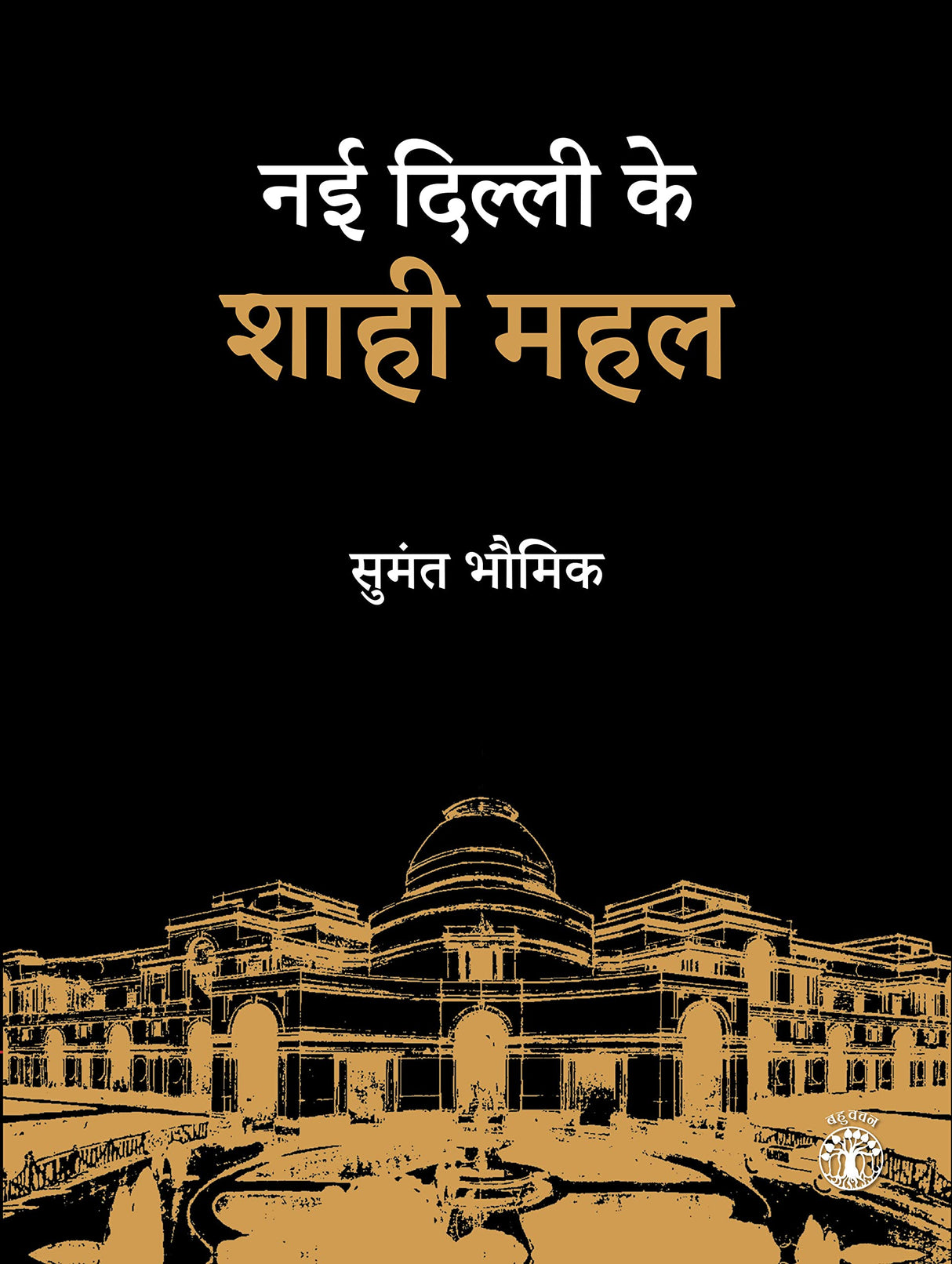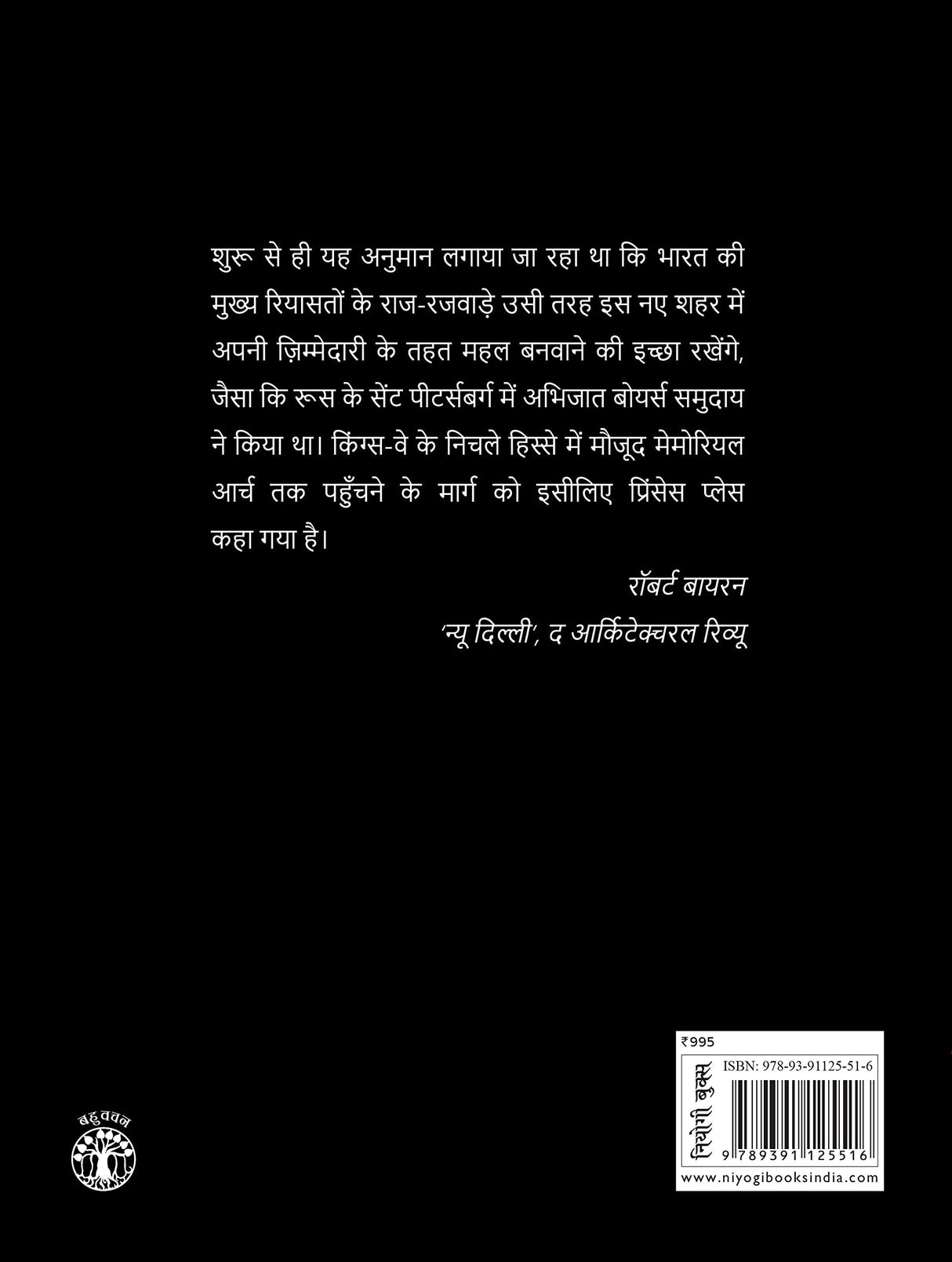Nayi Dilli Ke Shahi Mahal (Hindi) (F.B)
Nayi Dilli Ke Shahi Mahal (Hindi) (F.B) is backordered and will ship as soon as it is back in stock.
Couldn't load pickup availability
Genuine Products Guarantee
Genuine Products Guarantee
We guarantee 100% genuine products, and if proven otherwise, we will compensate you with 10 times the product's cost.
Delivery and Shipping
Delivery and Shipping
Products are generally ready for dispatch within 1 day and typically reach you in 3 to 5 days.
Book Details:
-
Author: Sumanta K. Bhowmick
-
Publisher: Niyogi Books
-
Binding: Flexibound
-
Number of Pages: 228
-
Release Date: 20-01-2022
-
ISBN: 9789391125516
-
Languages: Hindi
About the Book:
During the British Indian Empire, in 1911, a grand assembly of kings and Maharajas gathered in Delhi for the Delhi Durbar, marking the birth of a new capital, later known as New Delhi. In the ensuing days, the princely states began constructing magnificent palaces in this new colonial capital, such as Hyderabad House, Baroda House, Jaipur House, Bikaner House, and Patiala House, among others.
But why and how did the British government allocate such expensive and strategically located land to the princely states in the heart of the capital? How did the construction of these palaces begin, and which architects designed these architectural marvels? Who resided in these palaces, and what events took place there? What became of these royal palaces after the merger of the princely states into independent India?
This book delves deep into these questions, providing answers through rare research, interviews with royal families, and previously unpublished photographs from the private collections of the princely states. It offers an insightful narrative of history, bringing the grandeur of these royal palaces into focus.
These royal residences in New Delhi are an essential part of urban planning. Though the purpose for which they were built a century ago may no longer hold significance today, they stand as silent witnesses to a distinct era, a part of the ongoing process that shaped the destiny of many.
The book evokes the royal grandeur—splendid processions, guards dressed in special uniforms guarding the palaces, colorful royal flags fluttering, the sound of saxophones entertaining guests, and the clink of wine glasses—all taking you back in time, though the shape of modern New Delhi has significantly changed.
This book is an essential read for anyone interested in the history of Delhi, the princely states, and the grandeur of India’s royal heritage, encapsulated in the architecture of the palaces that once symbolized power and royalty.







